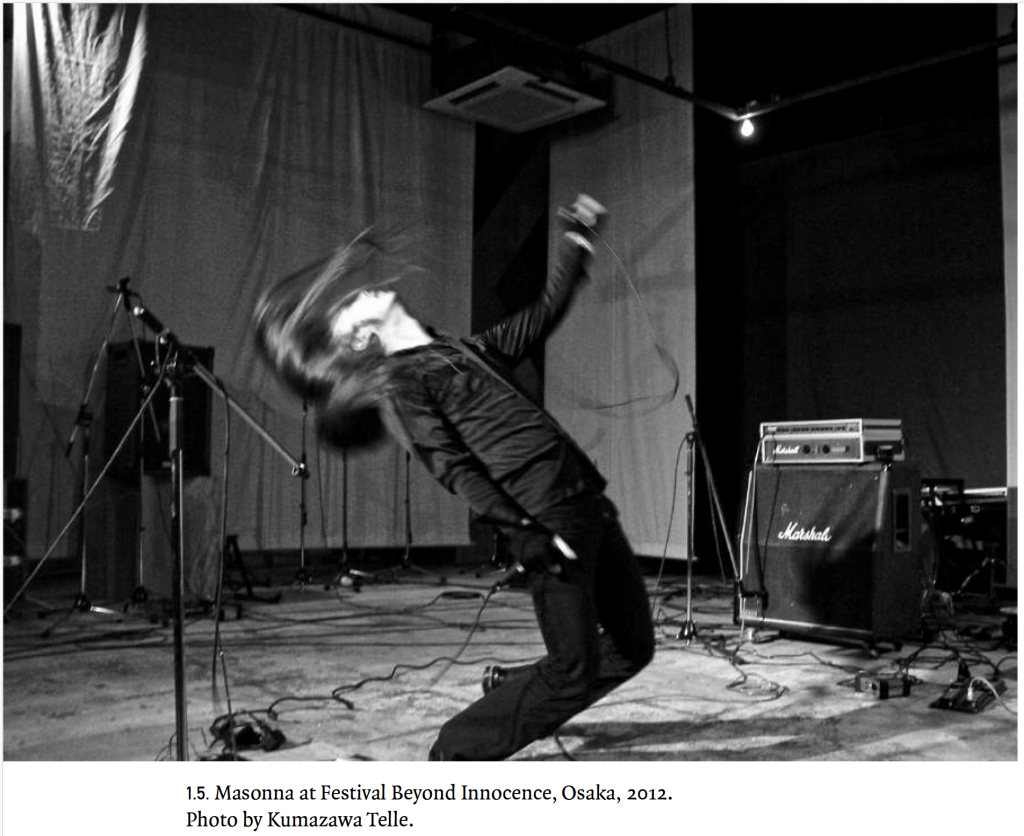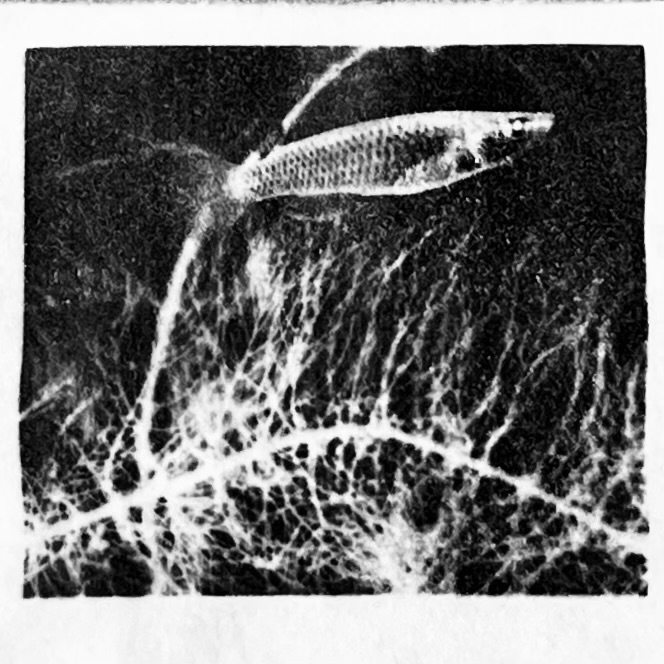a. In Noise, volume flattens out the scene to foreground the idiosyncrasies
of individual sensation. Noise fans and performers sometimes describe
their experiences at live performances as a state of hypnosis, dreaming
sleep, or trance. This immersion in volume is not a moment of social
collectivity but a personal encounter with the overwhelming presence of
sound. The stress on sensory immediacy does not mean there is no social
“there” there.
b. Noise recordings, almost without exception, are extremely dead. Even
when they are recorded from a live performance, it is uncommon for Noise
recordings to impart any sense of place that could represent the listener’s
or musician’s position within a room. They are meant to sound as if the
Noise was already inside your head—as close and “in your face” as possible.
Deadness points attention to the environment of reproduction rather
than to the original place of creation.
The noise creates a kind of dreamy atmosphere, allowing individuals to enjoy a private trance-like space within the collective. This might be related to the background of the times. At that time, the general environment in Japan required a field for people to vent their passion and dream freely without any restraint. This might be the reason why noise music succeeded in developing in Japan.


Leave a Reply